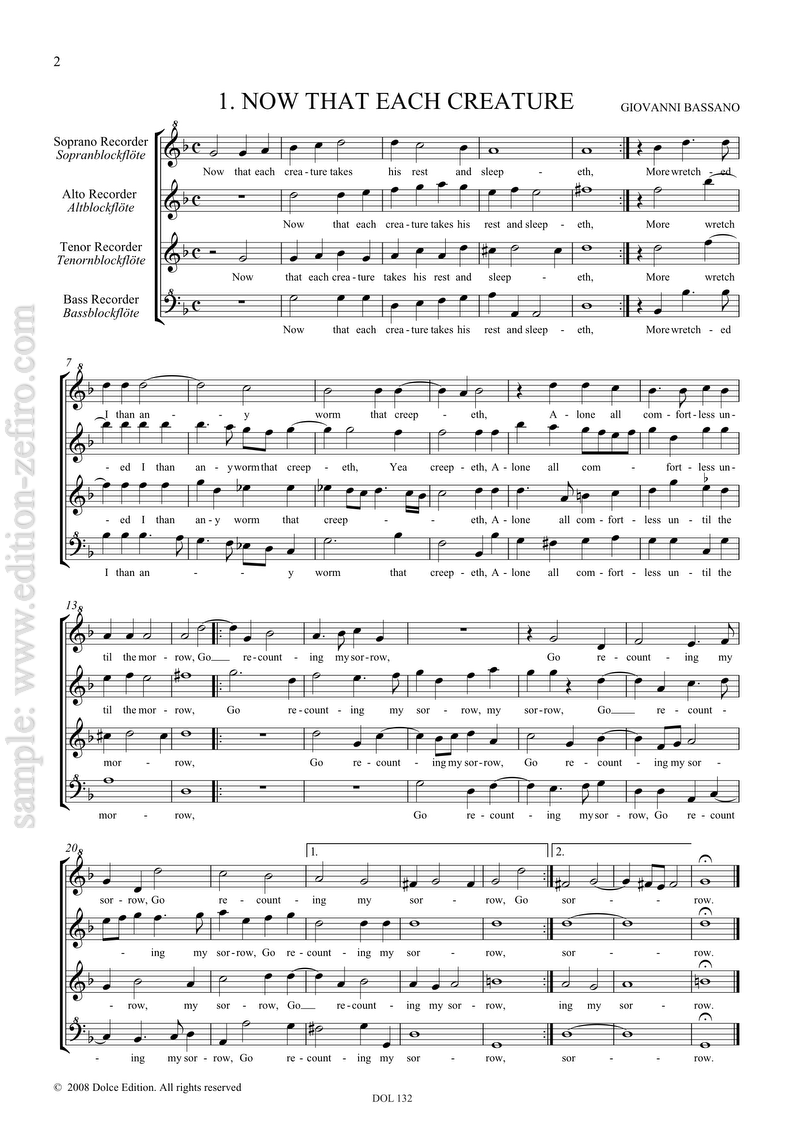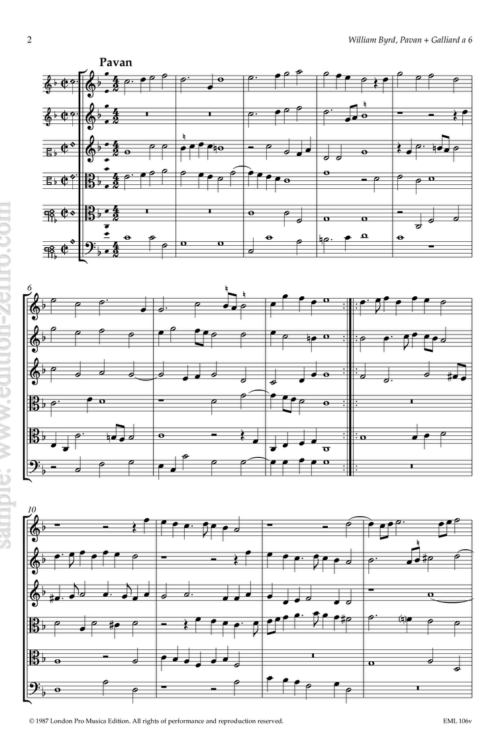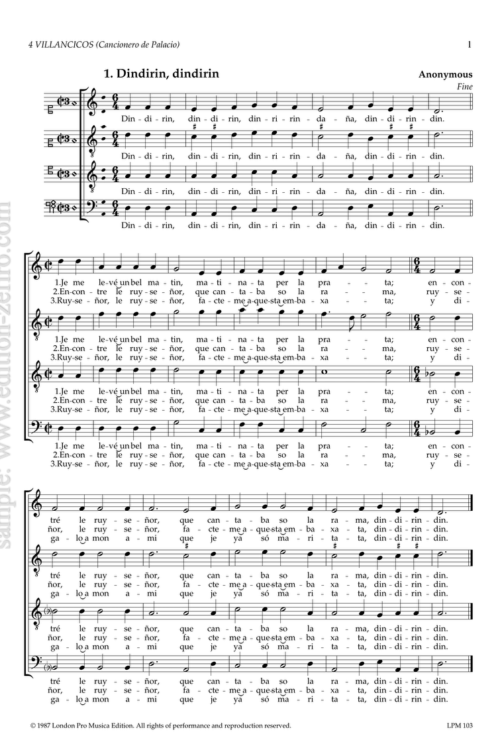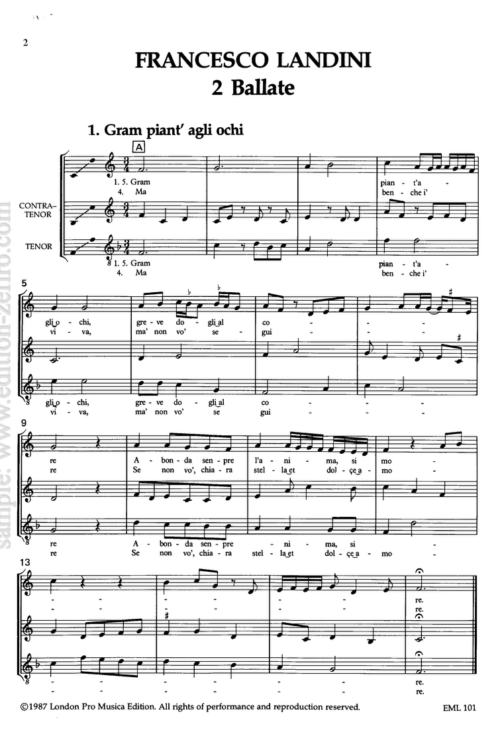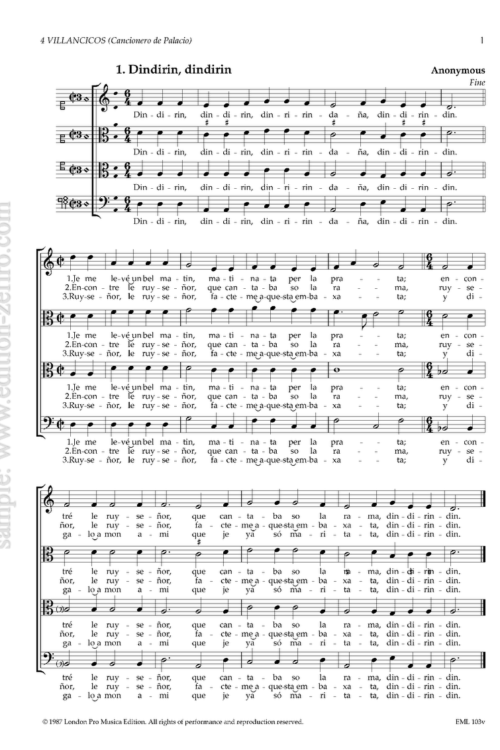An introduction to English madrigals for four recorders.
Around 1000 English madrigals have survived, mostly published between 1590 and 1620. They were not intended exclusively for singers: many of the original title pages describe the music as “apt for voices and viols” . The particular choice of instrument was aimed at wealthy amateur musicians, who especially favoured viols at this time: this marketing decision on the part of the publisher should not inhibit us from playing this wonderful music on wind instruments.
The first English madrigals were actually regular Italian madrigals with English texts substituted: 5 books of such pieces were published in the 1590s, two edited by Morley, one by Thomas Watson, and a substantial two-volume anthology by Nicholas Yonge called Musica Transalpina. As one might reasonably expect, the first newly-composed madrigals were very Italianate in style, particularly those of Thomas Morley.
The advantage of playing texted music rather than pure “instrumental” music from the Renaissance is that the words tell us how to phrase the music, and which notes are strong, which weak. Many English-speakers are at a disadvantage when playing Italian or French music through inadequate knowledge of the relevant languages, but with English madrigals there is no excuse for ignoring the words!
(Bernard Thomas)
- Now That Each Creature (Giovanni Bassano)
- Daphne The Bright (Giovanni Croce)
- White Lilies Be Her Cheeks (Giovanni Croce)
- April Is In My Mistress’ Face (Thomas Morley)
- Help, I Fall (Thomas Morley)
- Now Is The Gentle Season (Thomas Morley)
- Now Each Creature Joys The Other (Michael East)
- Who Would Have Thought That Face? (John Farmer)
- Cease Now Thy Mourning (John Farmer)
- Thus Saith My Cloris Bright (John Wilbye)
- Change Me, O Heav’ns (John Wilbye)


